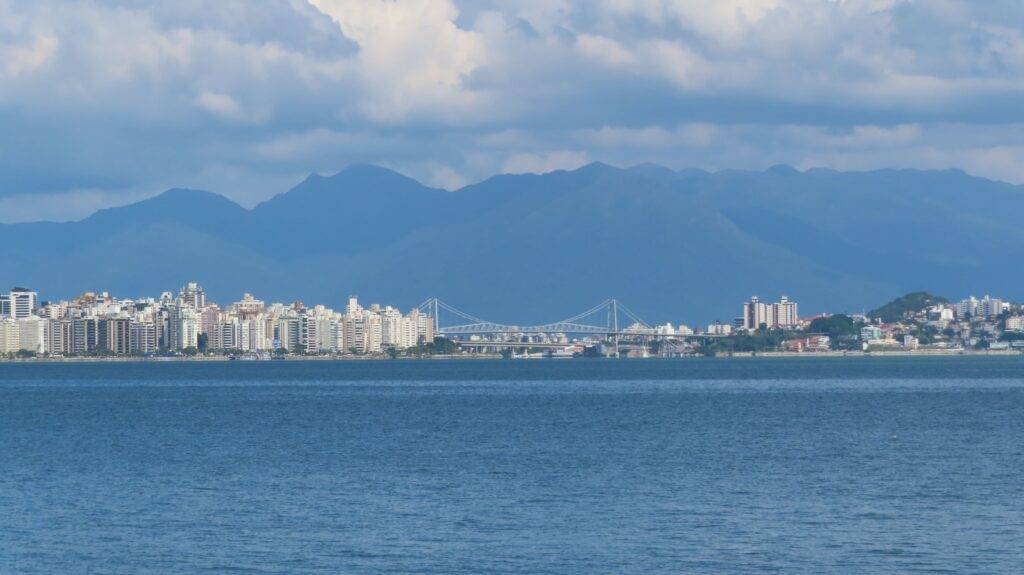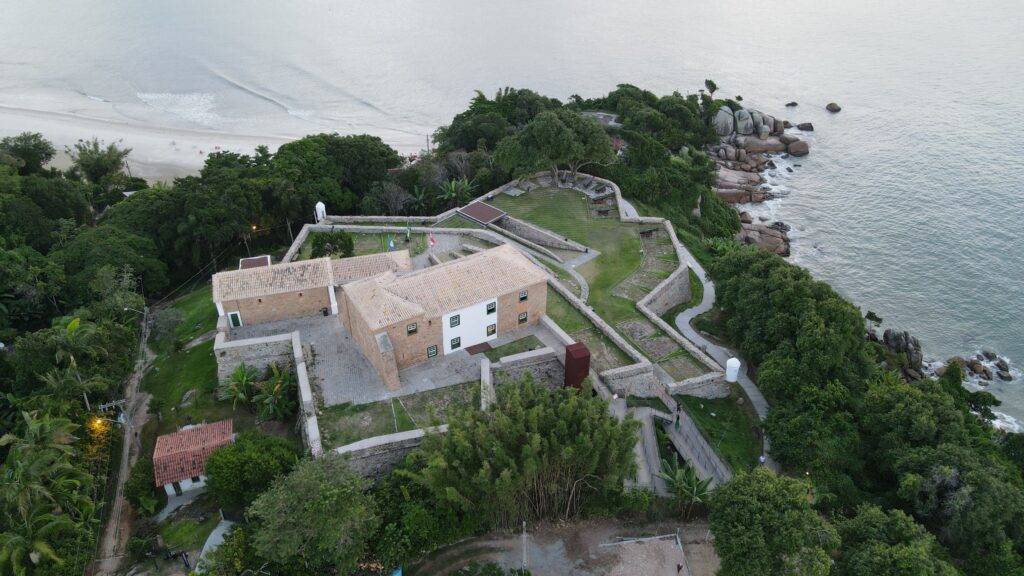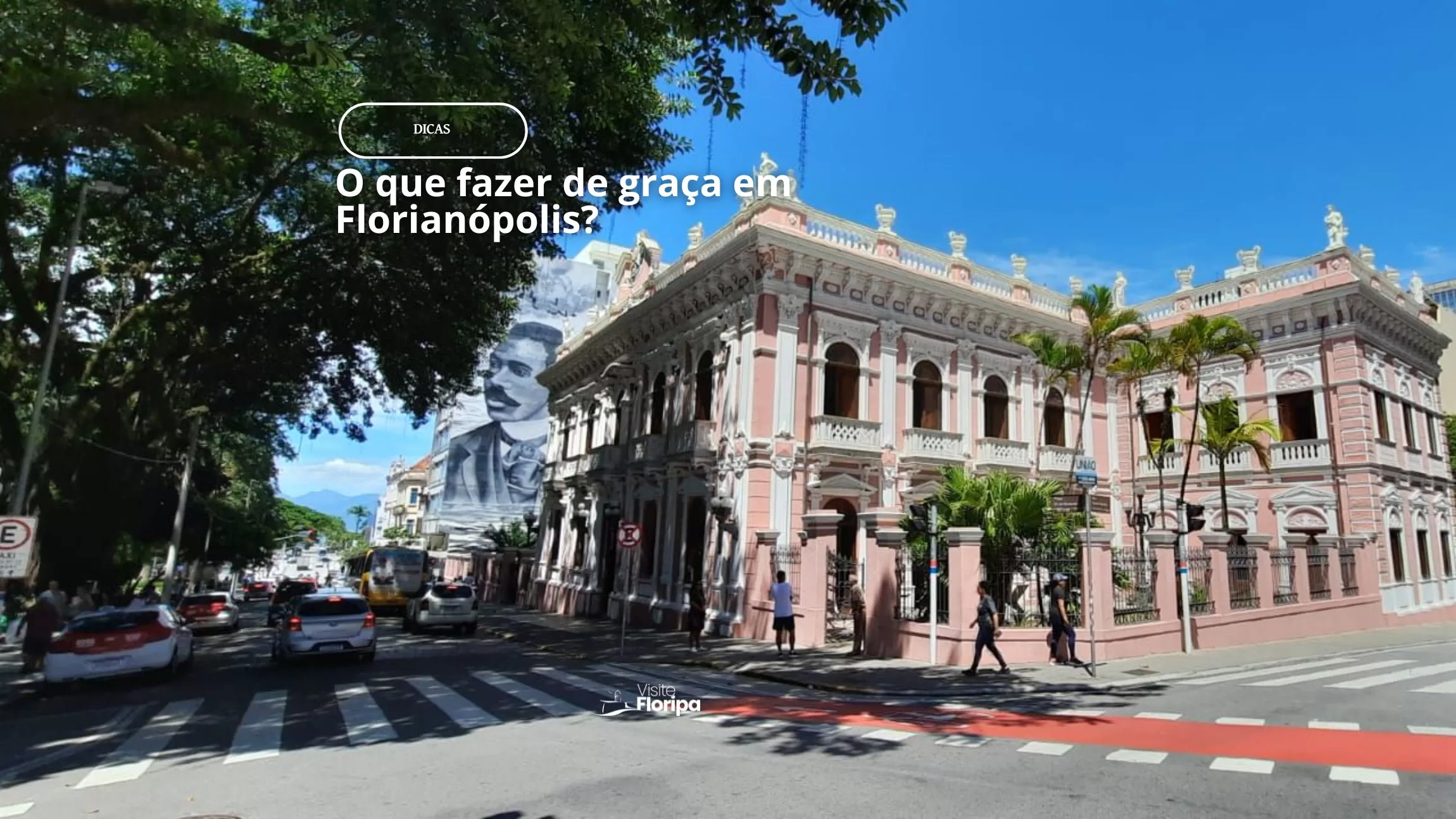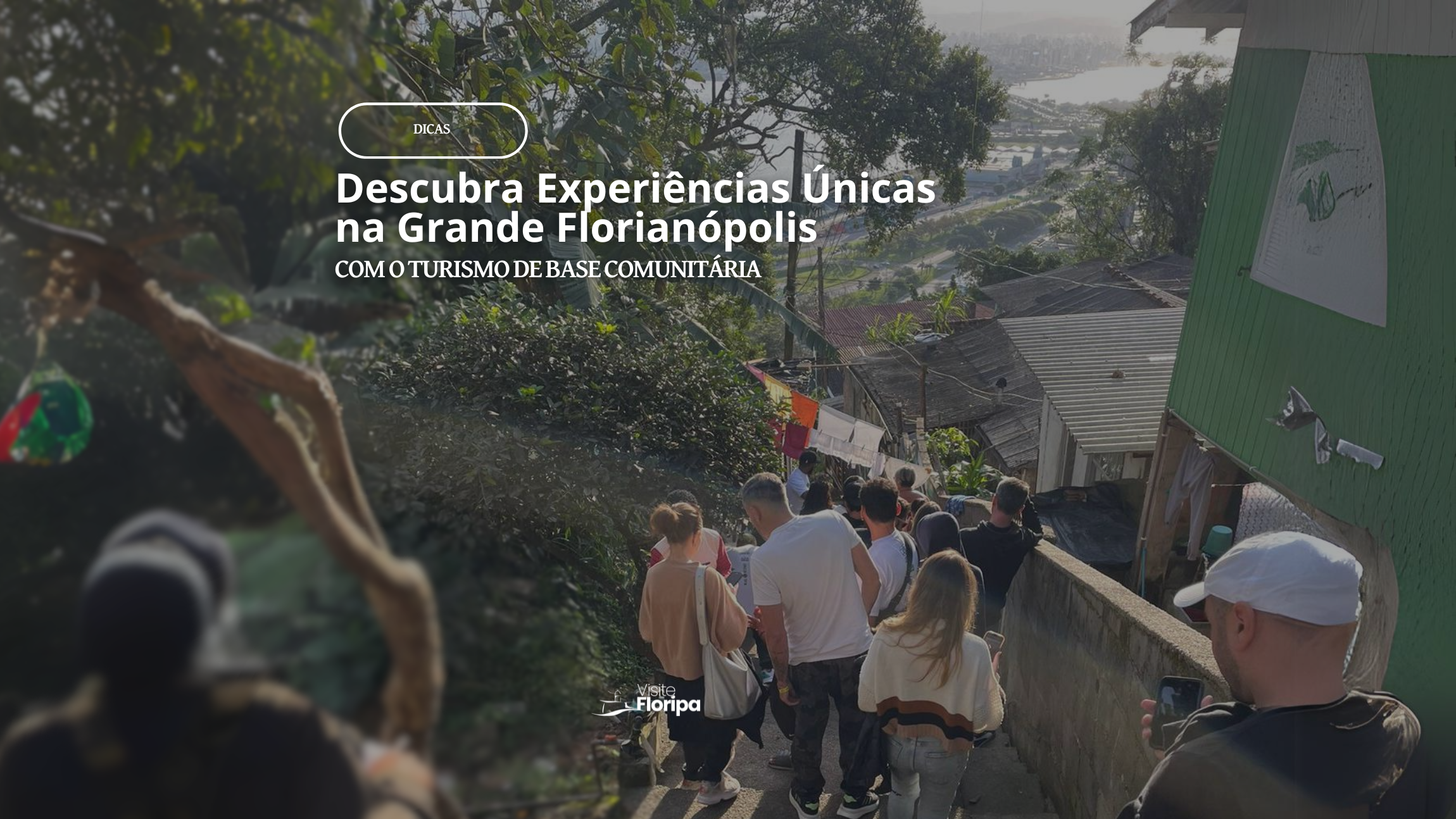With over 300 years of history, Florianópolis has a wealth of historic places to visit. From the arrival of Portuguese settlers in the 18th century to the present day, the city has been the scene of many important events in the history of Brazil. In this post, we will explore four topics related to the history of Florianópolis and the historic places you can visit to learn more about the city.
The Portuguese colonization of Florianópolis
Florianópolis was founded in 1726 by Portuguese colonists, who sought to establish a trading post in the region. The city's historic center is a testament to Portuguese colonial architecture, with its narrow cobblestone streets and old Portuguese-style houses.
O Municipal Public Market of Florianópolis, opened in 1898, is an example of Portuguese colonial architecture that still exists today. The building was built in the neoclassical style and is one of the most popular tourist attractions in the city. Inside the market, you can find local products such as fish, fruits, vegetables, cheeses and handicrafts.

Photo: View of Largo da Alfândega and the Public Market in the back
Another historic place to visit is the Fortress of Sao Jose da Ponta Grossa, built by the Portuguese at the end of the 18th century to protect the entrance to the bay of Florianópolis. The fortress is a well-preserved example of Portuguese military architecture and can be visited daily.
The history of slavery in Florianópolis
Slavery played an important role in the history of Florianópolis and Brazil. In the 18th century, the city became a center for the slave trade, with Africans being brought to work on the region's sugar plantations. In the historic center of the city, you can visit the Praça XV de Novembro, which was used for slave auctions. The bust of abolitionist Joaquim Nabuco, located in the square, pays homage to the fight against slavery in Brazil.
Another important place to visit is the Historical Museum of Santa Catarina, which occupies an 18th-century building that was once used as a prison and military barracks. The museum features exhibits on the history of the region, including slavery and abolition.
The Federalist Revolution of 1893
The Federalist Revolution was an armed conflict that occurred at the end of the 19th century, when federalists, led by General Gumercindo Saraiva, rebelled against the republican government of Brazil. The city of Florianópolis was the scene of several clashes during the revolt, with many historic buildings being damaged or destroyed.
An important place to visit is the Military Police Museum of Santa Catarina, which is in the historic center of the city. The museum features an exhibition on the Federalist Revolution and has a collection of weapons, uniforms and other historical objects related to the conflict. The museum also has a room dedicated to Lieutenant Colonel Antônio de Sousa Neto, one of the leaders of the revolt and one of the most important characters in the history of Florianópolis.
Another place to visit is Praça Getúlio Vargas, where the monument to the Heroes of Armed Struggle is located. The monument honors participants in the Federalist Revolution, including Lieutenant Colonel Sousa Neto. The square is a peaceful and pleasant place to stroll and relax, with lots of trees and benches.
The recent history of Florianópolis
Florianópolis has undergone many changes in recent years, with the city transforming into an important center for technology and innovation. An example of this is the creation of the Alfa Technological Park, which aims to promote the technological and economic development of the region.
Another important place to visit is the Hercílio Luz Bridge, which is a symbol of the city. The bridge was opened in 1926 and was the first suspension bridge in Brazil. After years of abandonment, the bridge was restored and today is one of the city's main tourist attractions.

Photo: Hercílio Luz Bridge and, in the background, Morro do Cambirela
Finally, the Culture and Events Center at the Federal University of Santa Catarina is an important place to visit if you are interested in the recent history of Florianópolis. The center hosts a number of exhibitions and cultural events, including music concerts, plays and art exhibitions.
See also:
Conclusion
Florianópolis is a city rich in history and culture, with many historic places to visit and learn more about the city. From Portuguese colonization to the present day, the city has been the scene of many important events in the history of Brazil. If you are visiting Florianópolis, be sure to set aside time to explore its historic sites and discover everything the city has to offer.





